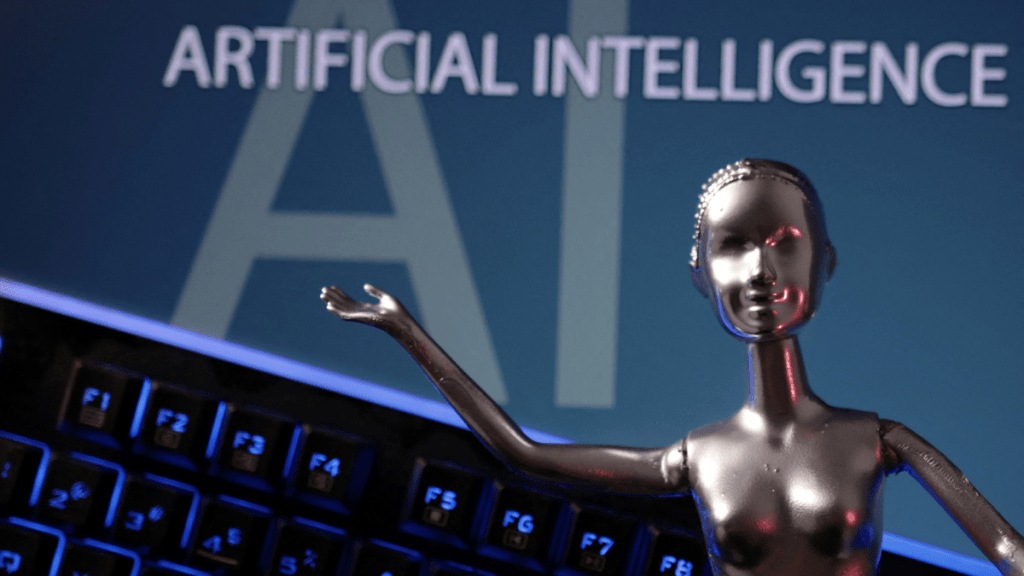By Sameer Gupta
Do ChatGPT passing bar exams with flying colours took many by surprise. Artificial intelligence’s (AI) ability to come up with suggested diagnosis in the field of medical sciences has also opened several new paradigms to transform healthcare.
Another knowledge-led profession, taxation, cannot be immune to the impact of the newest AI avatar, generative AI (GenAI). We are seeing several use cases emerging at a fast pace, helping legal and tax professionals in their daily lives; they not only help improve productivity but also improve quality of work. However, with the impact of AI also comes the need for careful consideration. Will AI challenge the ways of working of tax professionals, or it will challenge the core competencies of an average tax professional?
AI as an innovative partner
Across the spectrum of a typical tax function, there are multiple areas where GenAI is showing promising impact; these areas cut across compliance, research, and litigation for activities such as data handling, smart analysis, document reviews, and summarisation.
Tax compliance typically involves collecting data from various sources, processing it, and then filling a form template like a tax return or similar document. Conventional tools automate this process to a great extent, but many qualitative tasks are still performed manually. AI can reduce these manual tasks by providing insights and analysis from the data and results. For example, reading and analysing general ledgers or purchase registers and identifying specific events/triggers having an impact on computation of income, blocked input tax credit, or reverse charge transactions under the goods and services tax law.
The function of tax research and litigation is attracting interest in GenAI for its ability to do several tasks better than humans. For example, when a company receives multiple tax notices, AI can help the tax team by quickly reading and validating these notices, and even drafting responses to review and finalise in near-real time. Similarly, GenAI solutions can read and analyse thousands of annual reports and other information and convert it into an insightful output in a matter of minutes.
AI is also transforming courtrooms with the eCourts project, where live video streaming is just the start. Soon, digital records and virtual participation will be common. Imagine AI recording and storing court transcripts for future analysis and providing analytics about the arguments taken and the observations of a bench. Tools like this, which can transcribe meetings, exist today.
Recently, the Chief Justice of India, DY Chandrachud, also commented: “This proves that AI has the potential to enhance the efficiency of court proceedings by automating routine tasks such as document review, case management, and scheduling. By leveraging AI-powered tools, courts can streamline administrative processes, reduce paperwork, and expedite the resolution of legal disputes. This not only saves time and resources but also improves access to justice by reducing delays and backlogs in the court system.”
Furthermore, AI chatbots can help users 24/7, predictive analytical models can tap into historical data to forecast tax trends, and automation of tax calculations can simulate different scenarios and help to optimise tax strategies, demonstrating AI’s crucial role in modernising tax practices and guiding strategic decision-making.
AI as a complex ally
GenAI is useful, but it also comes with privacy concerns. We need to think carefully about how we use it. So, what are the challenges? GenAI uses large language models and learns from vast data, but its accuracy isn’t guaranteed. In the tax landscape, the margin of error is minimal, and output should be highly accurate.
GenAI can also make up its own answers, which may sound correct but are wrong. “Hallucination” effects can happen for different reasons, like if there’s too much data or if the AI wasn’t trained well. Hence organisations may explore developing their own pre-trained model for specific tasks on their proprietary data or partnering suitably. Yet the necessity of maintaining a human oversight, often referred to as the “human-in-the-loop” approach, will remain critical till this technology is nascent and evolving.
Another complex question arising due to advent of GenAI is learning and skilling of next-generation tax professionals; academia as well as young professionals need to find new frameworks of learning, and not fall into the trap of “ChatGPT” shortcut.
While at one level, the tax function is progressively pressured with multi-level policy changes, increased controversy, tighter budgets, talent issues etc., there is tremendous opportunity to see how to use GenAI to suitably tackle these challenges. As a catalyst for change, AI is poised to propel the tax profession in a new era.
However, the future of AI in taxation involves balancing technological advancements with risk mitigation. AI should be seen as a transformative ally in taxation, boosting efficiency and aiding strategic decision-making as tax plays a greater role in C-suite discussions. Yet given that GenAI as a technology is nascent and evolving, its responsible use with humans in the loop is necessary. The revolution is here, and it is time to embrace AI’s transformative potential.
The author is National Tax Leader at EY India. With contributions from Abhishek Kumar, Director, EY India.
Disclaimer: Views expressed are personal and do not reflect the official position or policy of Financial Express Online. Reproducing this content without permission is prohibited.

